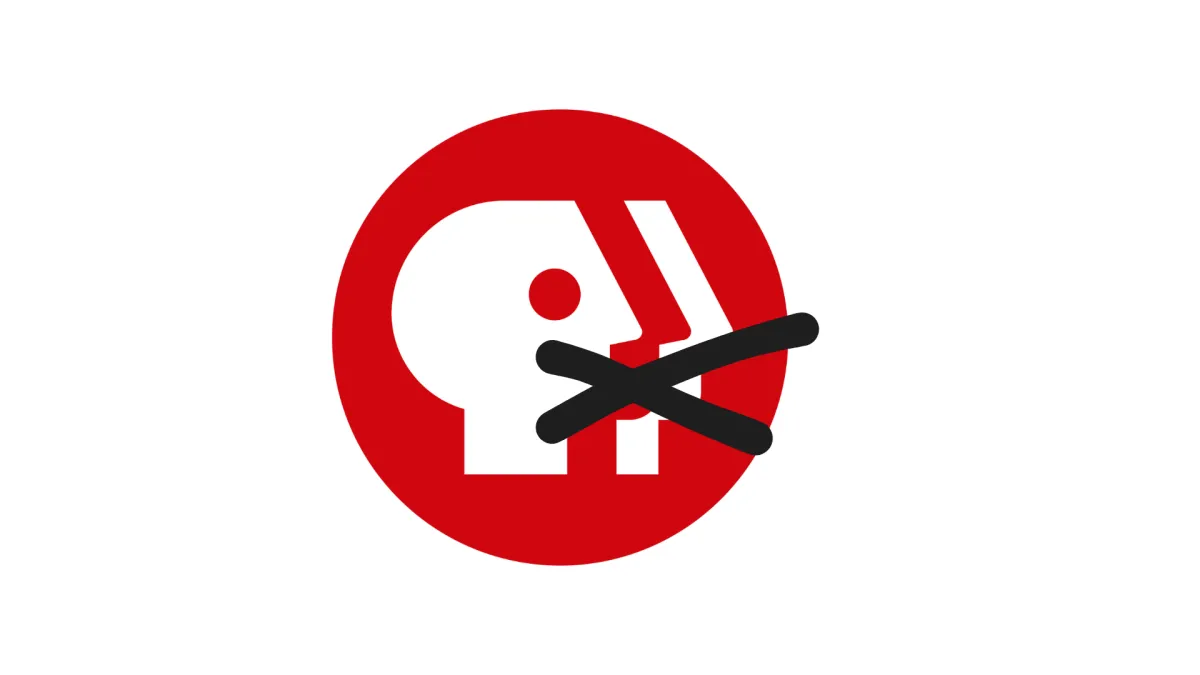Dear Readers,
I am back at IDA from a semester dedicated to research as a Documentary Film Fellow at Harvard’s Shorenstein Center on Media, Politics, and Public Policy. A year prior, I applied for the fellowship because it became clear to me that the challenges facing documentary filmmakers all over the world, including in the U.S., were increasing instead of decreasing, even though there are more distribution streams than ever before. I wanted to think through the question of why. And if we understood the why, what could be done to make the world a better place to make and to circulate documentary films? This question has become even more urgent as new administrations in Argentina, Georgia, elsewhere, and now the U.S. publicly attack the value of media and culture, targeting film production and exhibition in particular.
Four articles in this issue address how policy could help documentary filmmakers—and address just the smallest bit of all of the possibilities. My article attempts to provide an overview of the U.S. policy landscape, finding many viable options for supporting independent documentaries, while also outlining the work that still needs to be done. Seoyoung Ha, a Harvard undergraduate who was an incredible research assistant during my Shorenstein Documentary Film Fellowship, outlines how data from existing economic impact reports show that targeted diversity mandates in film production policies lift the economic sustainability of the entire sector. Sarah Spring, the executive director of the Documentary Organization of Canada, shares with us a real policy brief—cutting down recommendations sent to the Canadian Legislature on preserving the quota for public interest documentaries in the new streaming regulation bill for streamers and broadcasters alike. This type of documentary carveout is relatively unique to Canada. And Kailen Sallander and Kelli Hix release initial findings from their BAVC Media study, Mapping the Magnetic Media Landscape, providing insights into the rising cost of archival material and why archives need documentary filmmakers to help advocate for support.
At the beginning of their article, Kailen and Kelli quote Belgian documentarian Johan Grimonprez. As a filmmaker known for spending years and years researching projects and making wondrous use of archival material, Johan graces our cover on the worldwide release of his latest, Soundtrack to a Coup d’État. Out of a sprawling and insightful conversation with writer Öykü Sofuoğlu, my favorite part of their dialogue is when Johan and Öykü convincingly discuss the film’s unique text-on-screen approach, which offers footnotes and quotes as evidence and as friction.
Documentary also keeps you up to date with creative trends in the industry. Fifty years after its public release, Masao Adachi’s A.K.A. Serial Killer gets a close reading from Alexander Mooney, who also considers the film’s influence on subsequent landscape documentaries. Dan Schindel, who has covered the intersection of documentary films and video games for years at Hyperallergic, Immerse, and other publications, returns to our pages to summarize the development of feature-length documentaries like Grand Theft Hamlet, which are made in video games. Amarsanaa Battugla reports from Hangzhou, China, on the seventh West Lake International Documentary Festival, its standout debut films, and the political positioning that keeps the gathering as independent as possible.
After last issue’s “Making a Production” focus on sports documentaries with superstar athletes, music and film critic Vikram Murthi’s profile in this issue turns to music documentaries and their licensing mazes. In examining the work of Concord Originals, which produces narrative and documentary work out of the million-plus copyright holdings of Concord, Murthi illuminates the rights-based working process of putting together commercial music bio-docs, and how Concord Originals stands out. For “What’s in My Bag,” we asked Canada’s most accomplished documentary cinematographer, Iris Ng, whose collaborations also include fiction and artist-forward projects, what she finds most meaningful when packing for a shoot. “Producer’s Diary” returns with a rollicking missive from Kristian Day, an Iowa-based producer, on the ups and downs of making Amazon Prime’s ChiefsAholic: A Wolf in Chief’s Clothing. “Screen Time” continues with capsule-length reviews on notable new spring releases. We plan on expanding this last section in the near future.
Until then,
Abby Sun
Editor, Documentary
This piece was first published in Documentary’s Spring 2025 issue.




